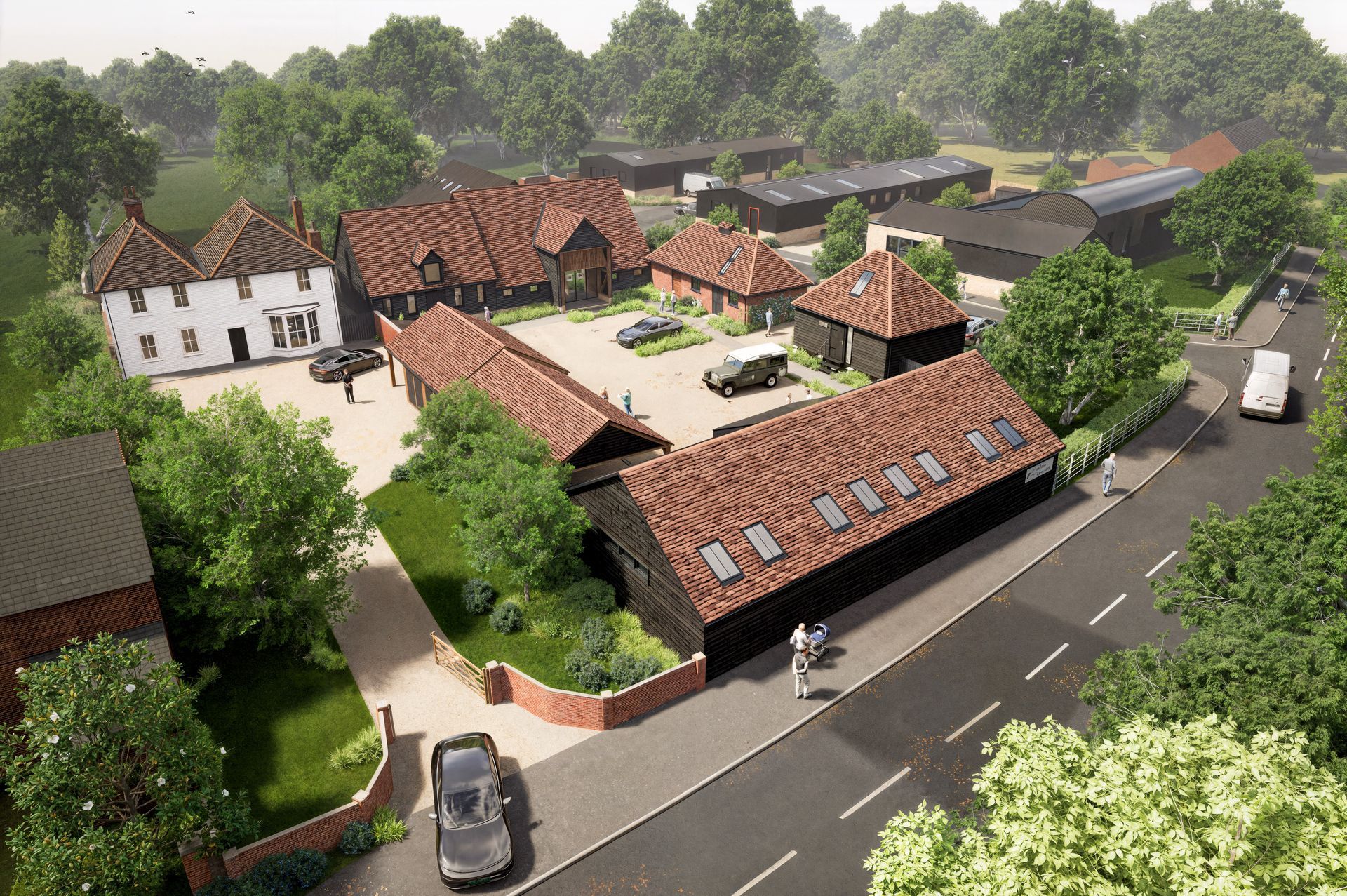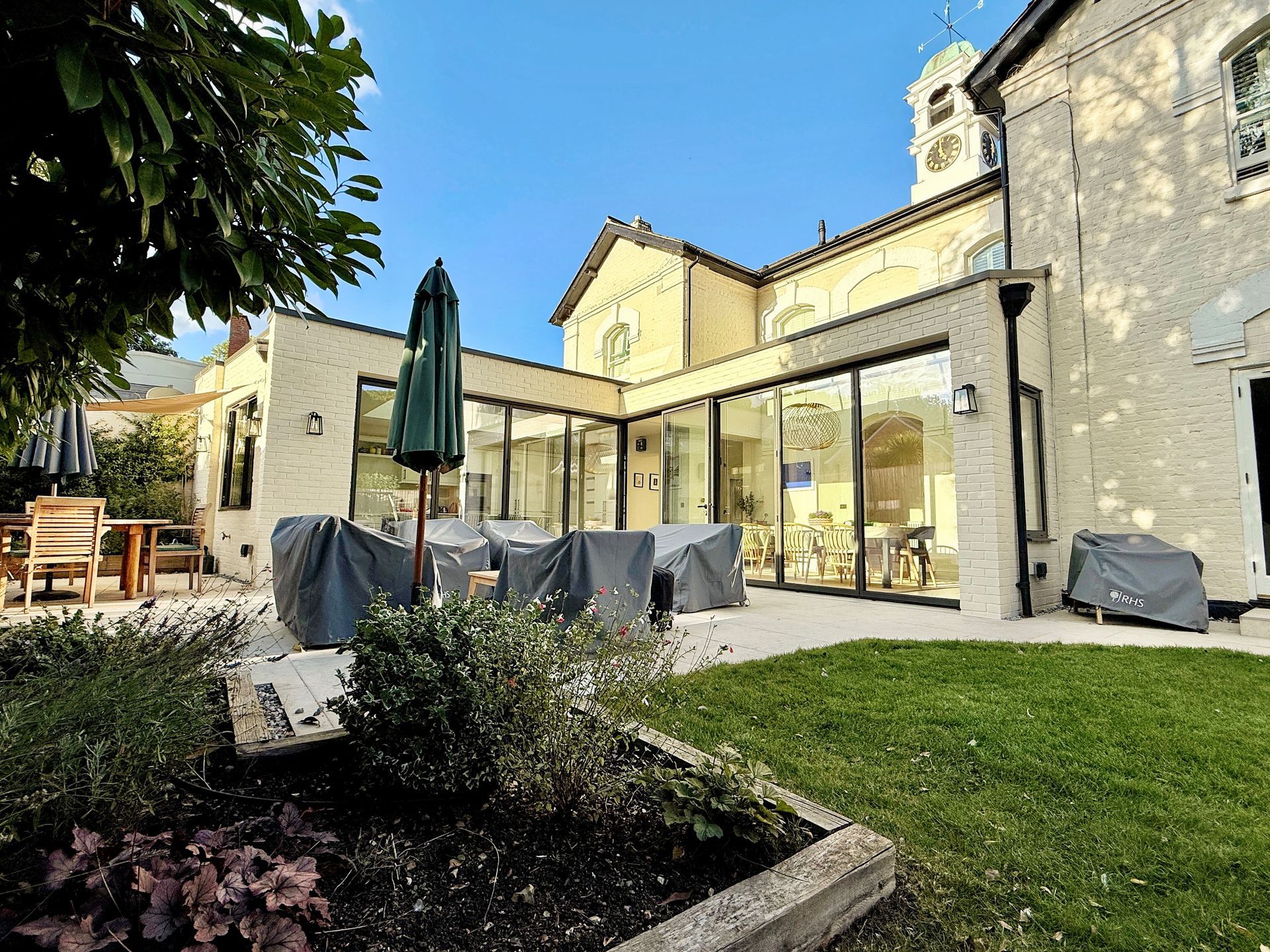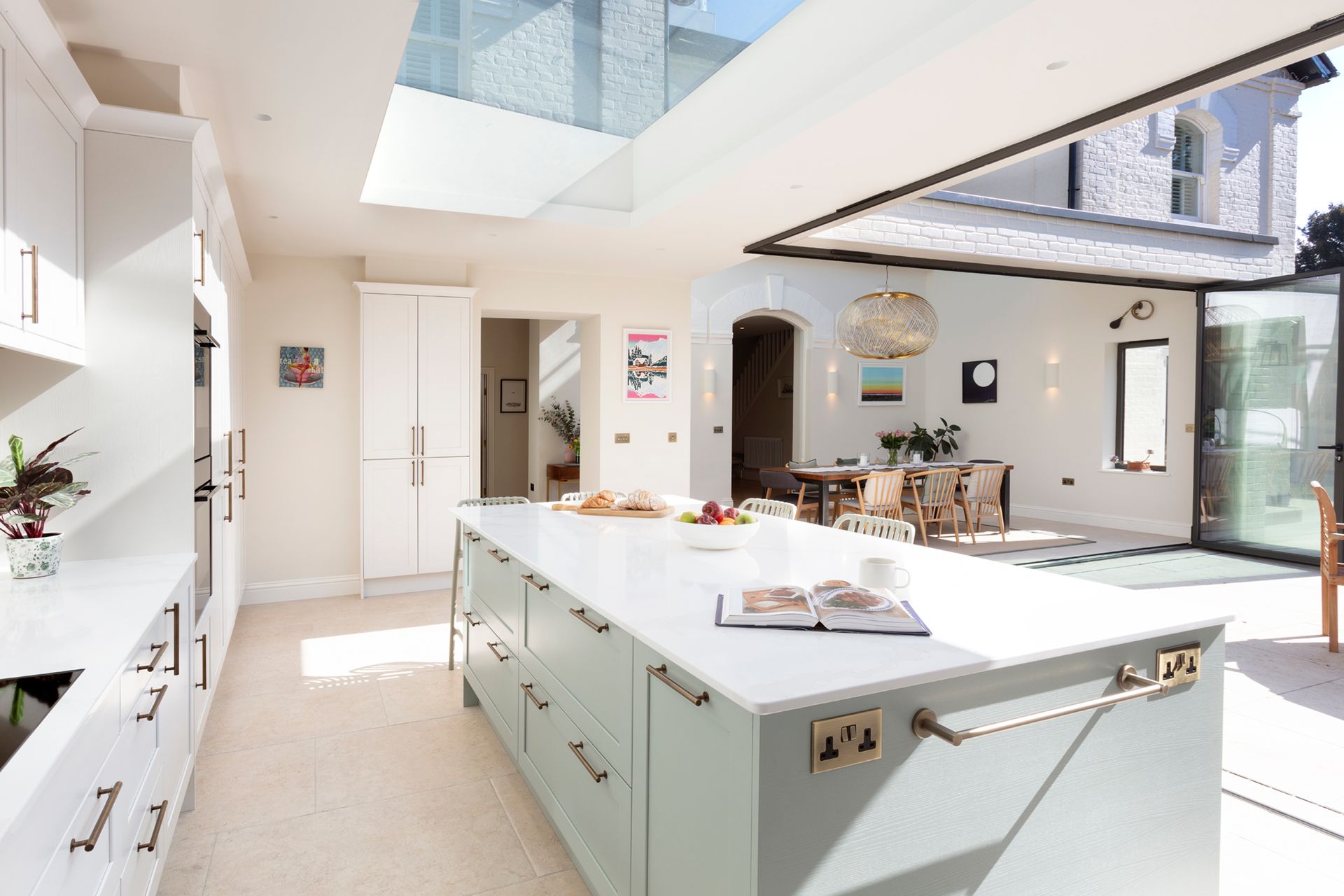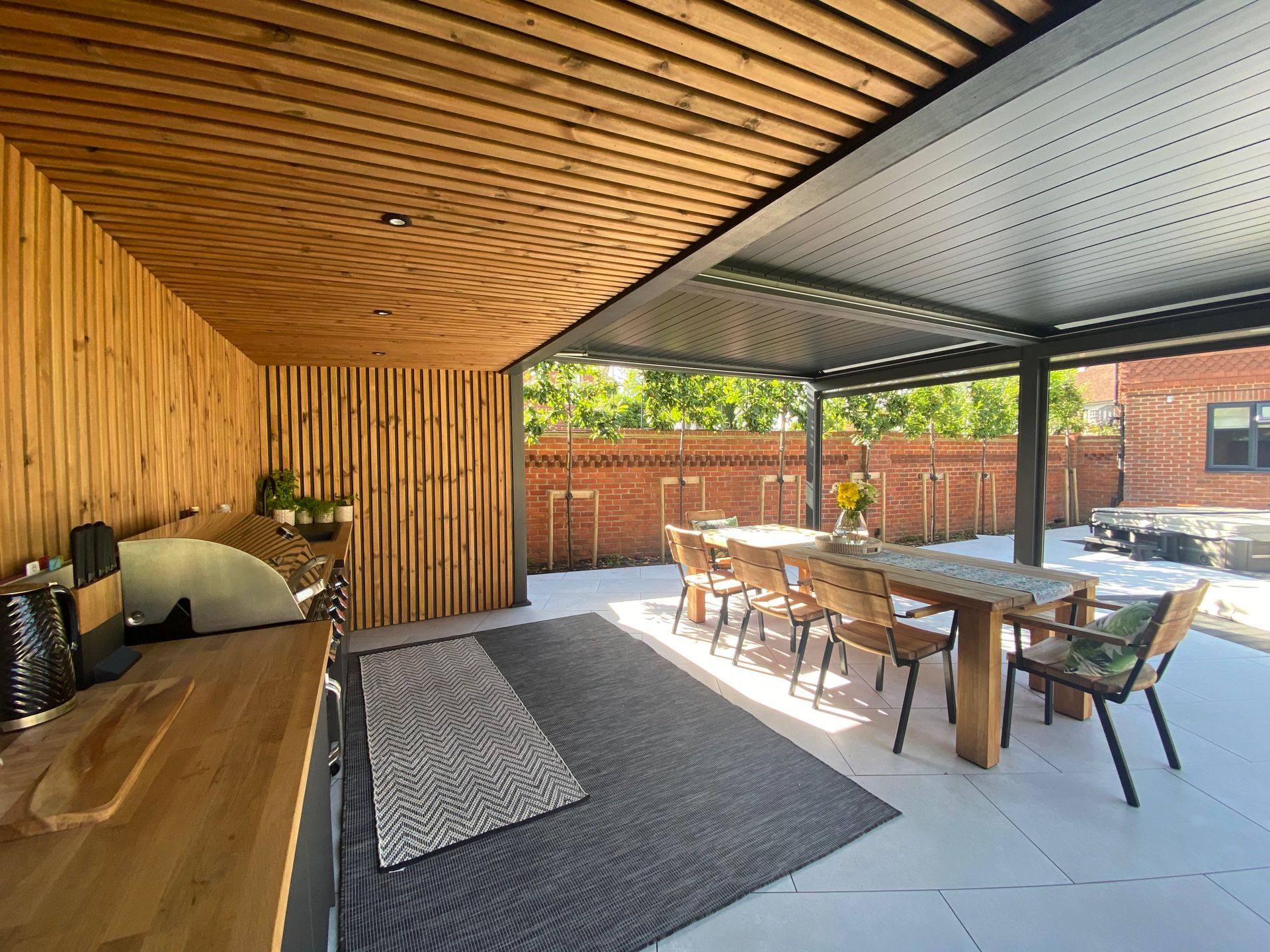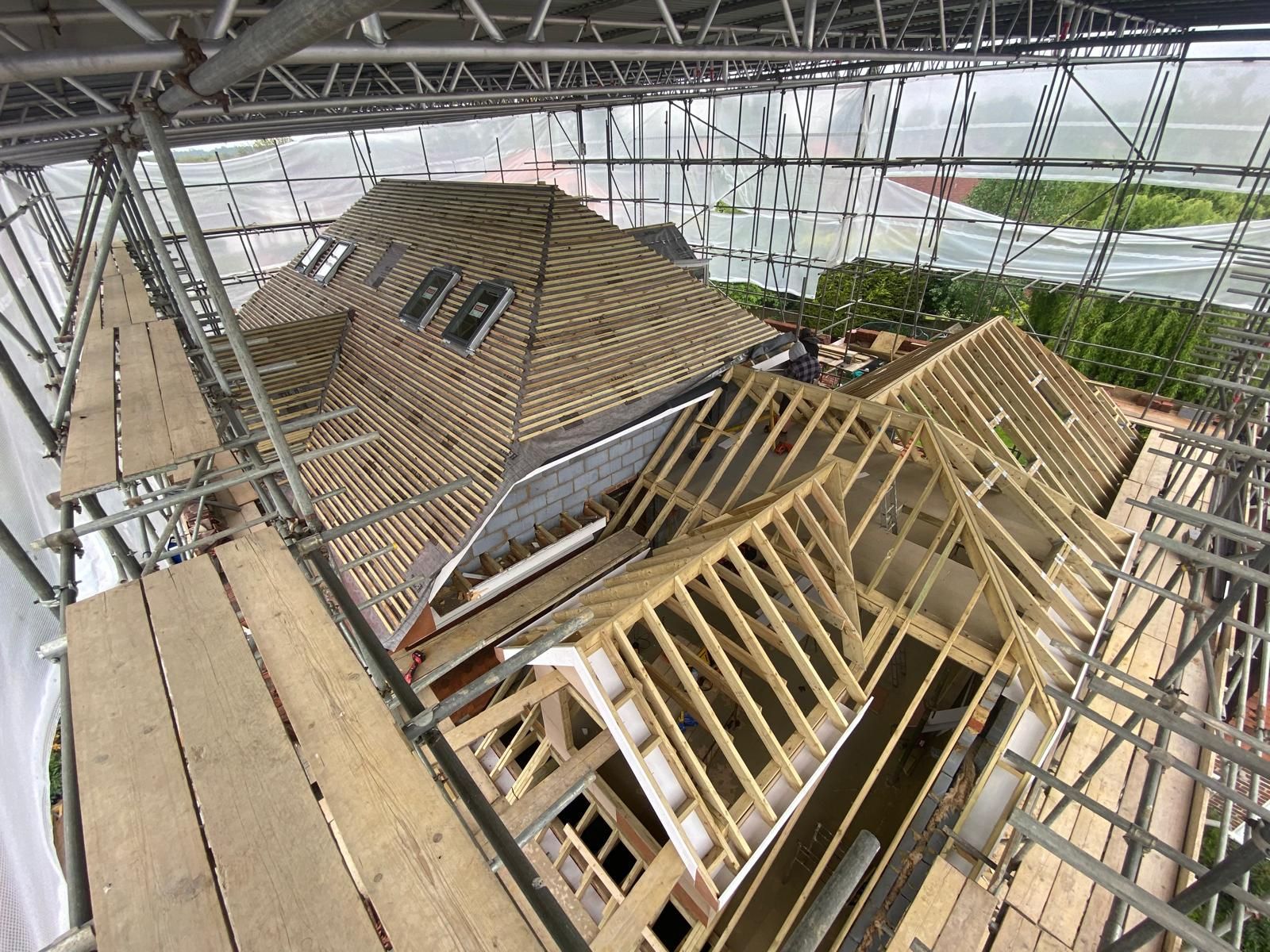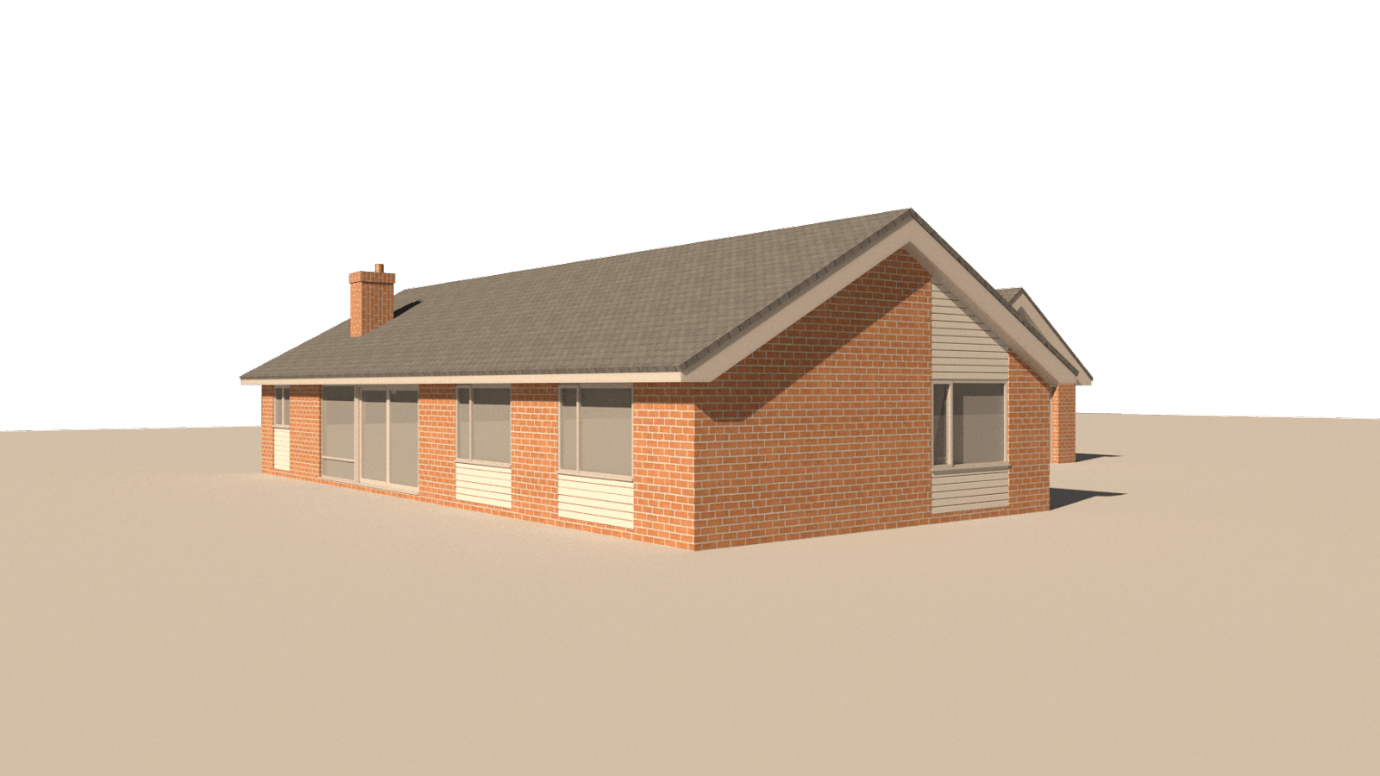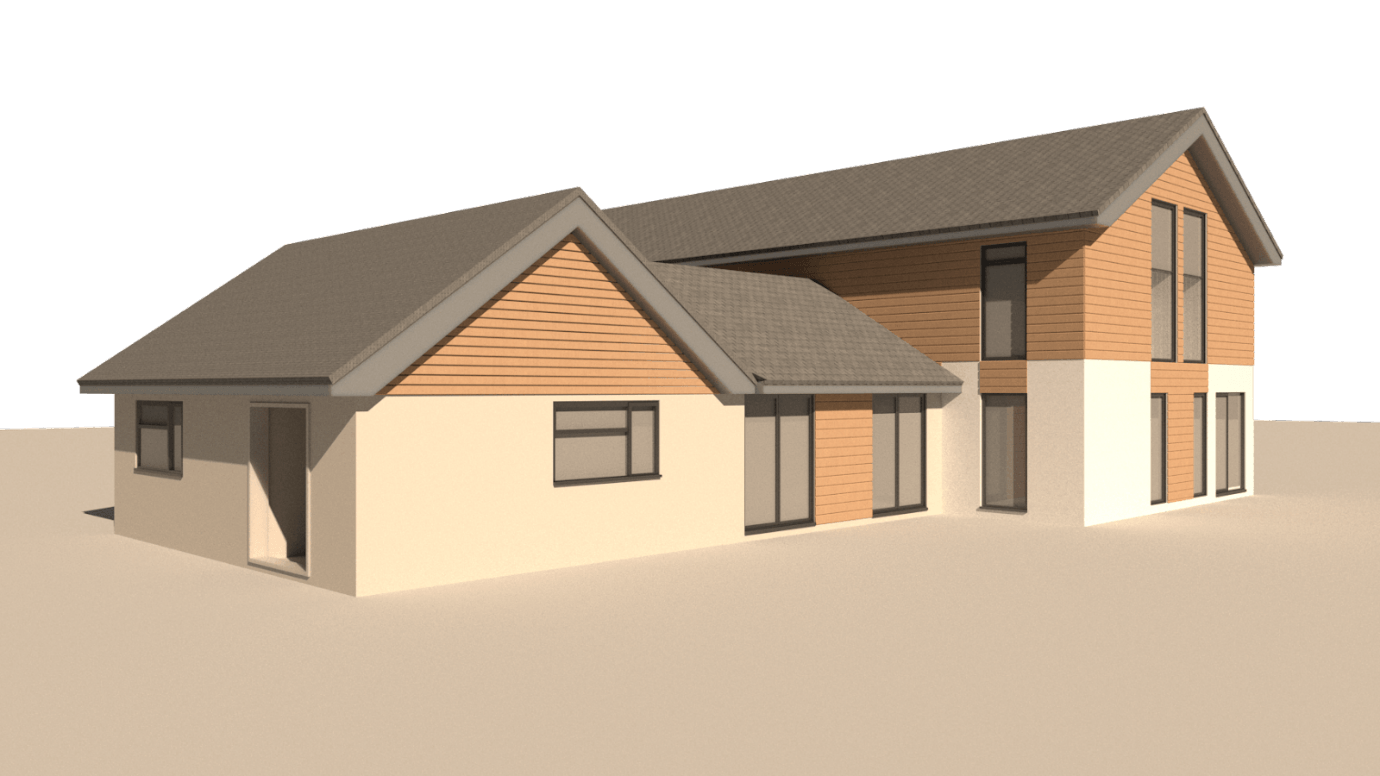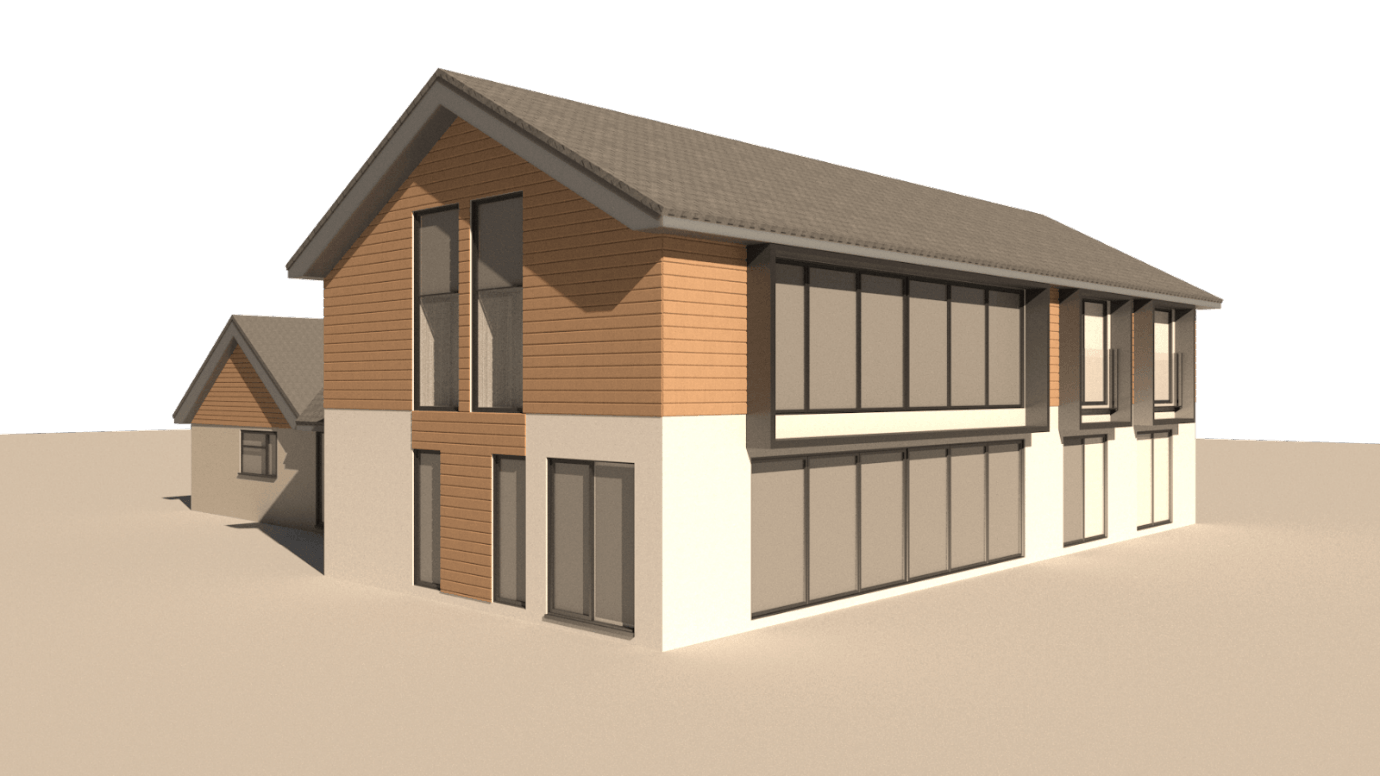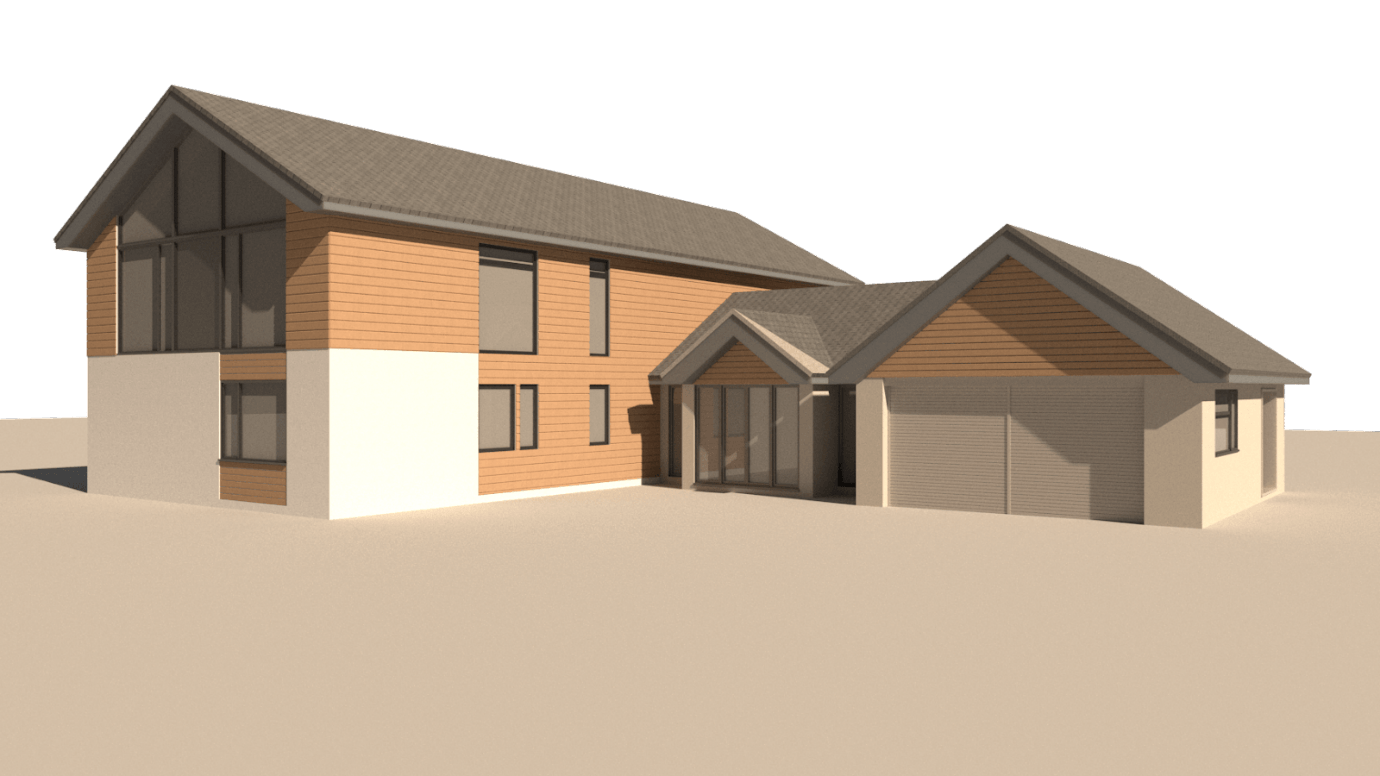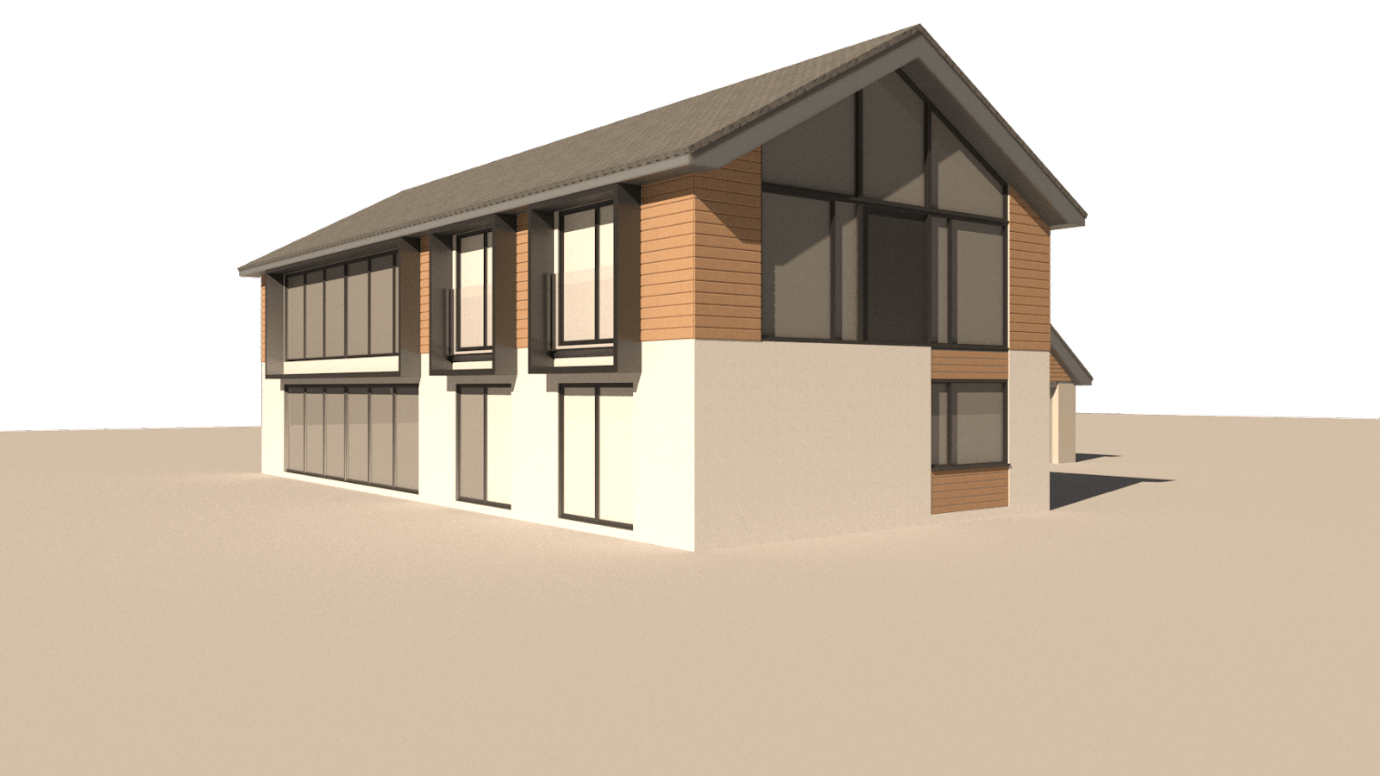Discover The Changes To Permitted Development Rights - Build Up-to Two Extra Storeys
Release untapped potential in your property without the need for planning permission.

As of 31st August 2020, the Town and Country Planning (General Permitted Development) (England) (Amendment) (No. 2) Order 2020 enabled some homeowners to extend their houses upwards – without planning permission. We've collated a summary here to cover everything you need to know as it stands (at the time of writing) for 2022.
The key one for us is that, provided you meet certain conditions, many homeowners will be allowed to build up to two storeys onto their existing property without submitting a full planning application. This is really significant as it opens up a huge amount of potential, avoiding additional expense and time delays. Here's what you need to know:
Overview of Changes
These changes to the PD rights provide an opportunity for homeowners and developer to add floor space that they may never have been able to previously:
- BUNGALOWS
Could now be extended upwards by one storey. - DETACHED HOUSE (TWO OR MORE STOREYS TALL)
If you live in a detached house that is two or more storeys tall, then you could add a further two stories. - SEMI-DETACHED HOUSE
You can build up to 3.5 metres higher than the house you share a party wall with. - TERRACED HOUSE
A similar rule applies if you live in a terrace – you could build up to 3.5 metres higher than the rest of the terrace.
Can All Homeowners Have Upwards Extensions?
Unfortunately, the answer is no. As with a lot of recent Permitted Development (PD) Rights changes, you have to meet certain conditions. You can however take advantage of the revised PD rights if;
- Your house was built between late 1948 and late 2018 (before 28 October 2018).
- There is an Article 4 direction in place in your area.
- You live in a conservation area or in a listed building.
- The house has already been extended upwards.
One thing that is required, is that you will need Prior Approval from your local council to make sure that your new extension complies with the law, and it’s wise to get a Lawful Development Certificate, so that you can prove it is lawful, to avoid future problems.
Here at Artichoke we have a vast experience of submitting applications for
Lawful Development Certificates and we can talk you through the process and what you might be able to do.
One thing we have found with this sort of application is that councils are not keen on the changes to the PD rights and applications are often being refused for non-compliance. Therefore, it is essential to ensure that you use someone who has experience of these types of applications and understands the opportunities they present.
Changes to Permitted Development Rights in Action
Last year we were approached by a lovely couple, who were looking to buy and extend a 1970s low pitched bungalow situated within the designated Green Belt and also an Area of Attractive Landscape. Following the initial meeting on site, the couple employed us to undertake a “Residential Kickstarter Package” (contact us for more information) of the house prior to purchase (we also provide a Conservation Kickstarter Package), to see if it could be made to meet their requirements on the available budget.
They were looking to make the house a modern living space with a master suite, a large airy family kitchen space and additional bedrooms possibly over two stories.
Here are our 3D views of the existing house (click to expand):
What the Kickstarter identified was that on a previously refused planning application, the case officer identified that the overall percentage increase of all the previous additions combined amounted to an increase of 99.85%. which massively breached the standard 50% limit used to assess the maximum extension allowance within the Green Belt.
This meant that no further additional floor area - especially at attic level - would be acceptable via a planning application. However, we did identify that the client's brief could be met by using the house’s ground floor Permitted Development rights (at the time) extending at the rear and sides.
Concept design of the approved additional floor volume (click to expand):
Following our work, the clients purchased the bungalow and we began the scheme design. During this time the changes to the PD rights set out above came into force and we looked at using this to add a storey over the “original” bungalow rather than extending sideways. This has the advantage of not reducing what is a lovely west facing garden, reducing the build cost as extending over existing floor area is traditionally more economic than building new floor area at ground floor and avoids the pitfall of many bungalow extensions where the floor plans get so large you end up with many “Internal” spaces that are poorly lit and there is a disproportionately large amount of circulation space.
Following the scheme design we submitted on behalf of the clients, an application for an additional storey under the revised PD rights which was approved without any issues from the planners. The clients now have approval for an additional 120m2 of floor space at first floor, whilst still retaining the houses Permitted development rights to extend at ground floor as well, which if they pursue these, could add an further 175m2!
With the additional floor space “in the bag” we are preparing an householder application using it as a “fall back” case for the approval of a more contemporary design for the additional floor with additional windows in the side elevations as shown (which were not allowed under PD).
How Can I Add Over 200% Floor Space To My Property?
What the above project has shown is that these changes to the Permitted development rights of your house
could
allow you to add over 200% of your original bungalow’s floor area over 2 stories without submitting a planning application (as mentioned, you do require a number of certificate of lawfulness applications).
On a house where you can potentially add an additional 2 stories to a detached house this amount of increase is also achievable.
How Can I Take Advantage
If you are interested in exploring what you could do to your property or one that you are thinking of buying, please contact us and we can talk to you about a Kickstarter Package to assess the potential that your house has considering both planning policy and Permitted Development legislation.
Tel (Windsor Studio): 01753 830 422
Tel (Reading Micro Studio): 0118 907 5874
Email us:
office@artichoke-design.co.uk
